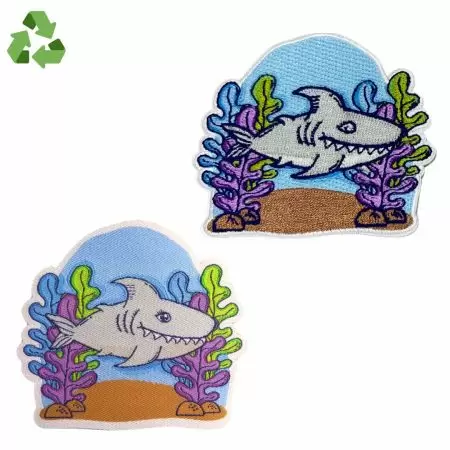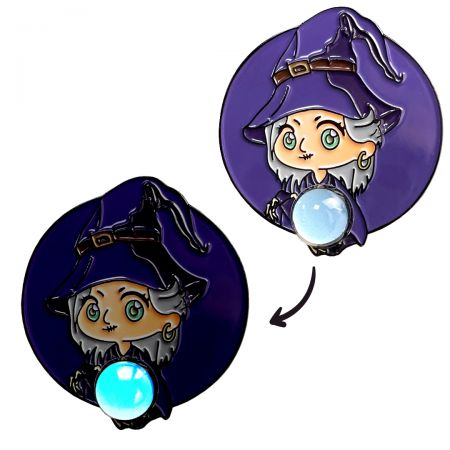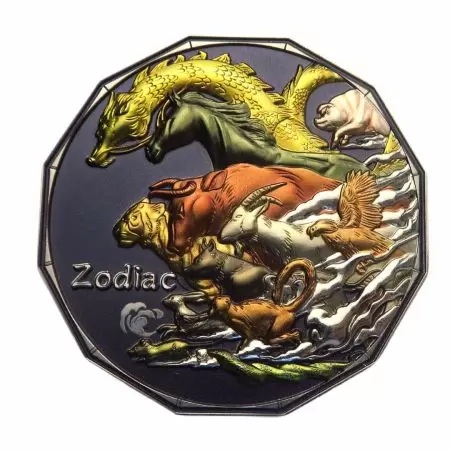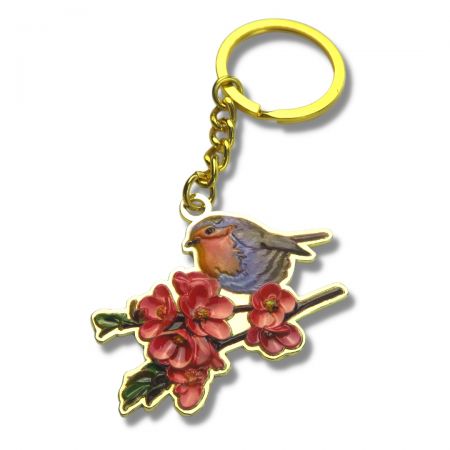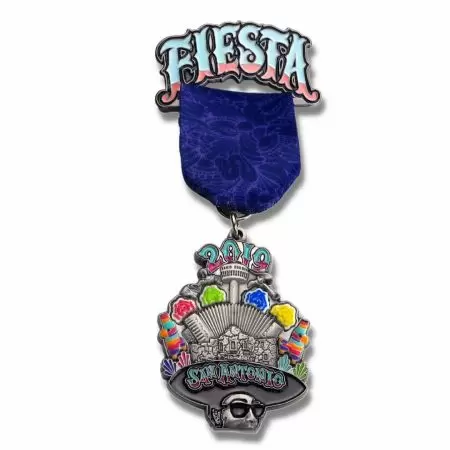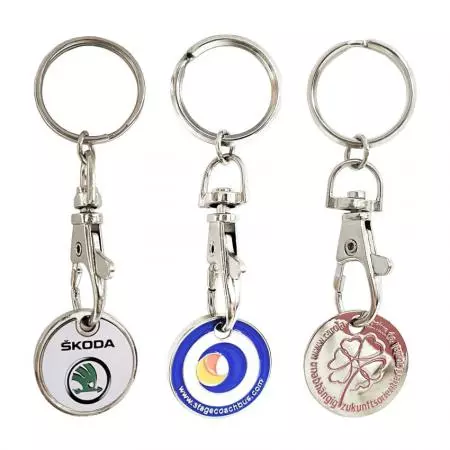What kind of artwork requirement do we need?
AI (Adobe Illustrator), EPS, PDF, or SVG.
● Font Information
It is critical that you either convert all fonts (type) to outlines/curve whenever possible, or include the fonts with your file. If conversion is not made, your specific font might be substituted by other types of font. We are not equipped the same one as yours. Substituted font sometimes distort your original designing style.
● Art Design - PANTONE
If more than one color, please provide seperations and composites to STAR LAPEL PIN.
PANTONE® colours can be left as is (not converted to CMYK) in the custom artwork and more of them will be more faithfully achieved on the personalized items.
http://www.pantone.com/pages/pantone/colorfinder.aspx
● About RGB & CMYK
Commercial printing presses print with CMYK (cyan, magenta, yellow and black) ink, called process printing, instead of RGB light, and therefore produce a different range of color. To print on a four-color press, all RGB files must be converted into CMYK color. When selecting colors for your print project, we recommend using CMYK color builds to avoid potential RGB conversion issues. Certain RGB colors that you can see on your monitor, scanners or digital camera (in particular, bright vibrant colors) simply cannot be replicated with standard CMYK inks.

● Vector Art vs Raster Art
○ Vector artwork is an image created of points, paths, and curves. Vector images can be reduced or enlarged in size indefinitely, without any loss in image quality. This results in artwork that is scalable and able to be separated for spot color printing. The typical vector file types include .ai, .pdf, .eps, .cdr.
○ Raster artwork is an image created of many pixels. As a result, when raster images are enlarged, the image quality diminishes significantly. This results in artwork that is not editable, scalable or able to be separated for spot color printing. Typical raster file types include .jpg, .bmp, .psd, .tif,.gif.

● Full Bleed vs No Bleed
Bleed refers to printing that extends to the edge of a sheet or page after printing, or "bleeds" off the edge of the page.
○ Bleed Area: Make sure any colors or images you want to run to the edge of your design extend 1/8" (3mm) beyond the cut or trim line on all sides that bleed.
○ Cut or Trim Area: This is the dimension of your final product after it is cut/ trimmed.
○ Safe Area: Keep all essential text and images at least 1/8″ (3mm) inside the cut/ trim area to ensure it will not be cut off.


- Related Products
100% Recycled Polyester Threads For Custom Iron On Patches
Make custom embroidery patches and woven patches with recycled polyester thread, an environmentally...
DetailsMetal Badges With Luminous Color And Magnifying Glass Ball
Custom metal badges with luminous colors and magnifier ball are suitable for imitation hard...
DetailsUV Printing Challenge Coin Design
Crafted from durable zinc alloy, our custom challenge coins utilize cutting-edge UV printing...
DetailsUV Printing Metal Keychains
When precision and full-color detail matter, UV printing metal keychains are the perfect solution....
DetailsFiesta Medal San Antonio
Design your custom Fiesta medal for San Antonio in any shape and color! There are no restrictions—just...
DetailsTrolley Coin Keychain
Discover a diverse array of top-tier metal trolley coin keychains meticulously crafted to cater...
Details


